Are you captivated by Renaissance and early modern art? These are the best museums to visit in Castile and León:
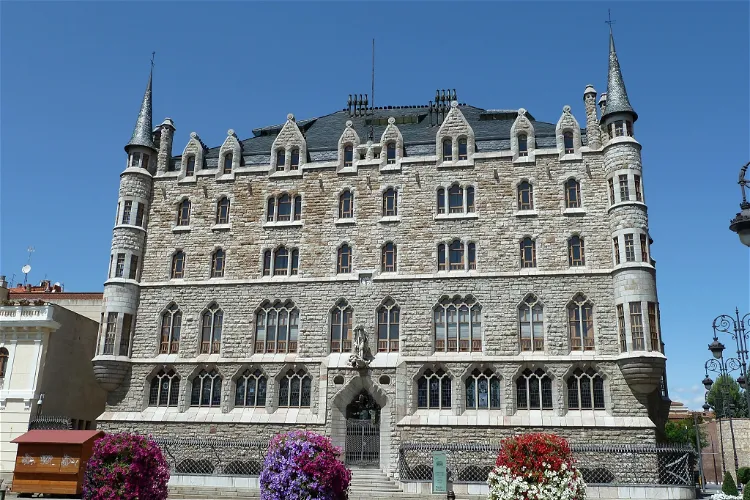
Gaudí Botines House Museum
LeónThe Casa Botines, constructed between 1891 and 1892, is a Modernist building located in León, Spain. This architectural masterpiece was designed by the renowned architect Antoni Gaudí. Today, it serves as a museum that showcases the works of Gaudí, Spanish art from the 19th and 20th centuries, and the history of the Casa Botines itself.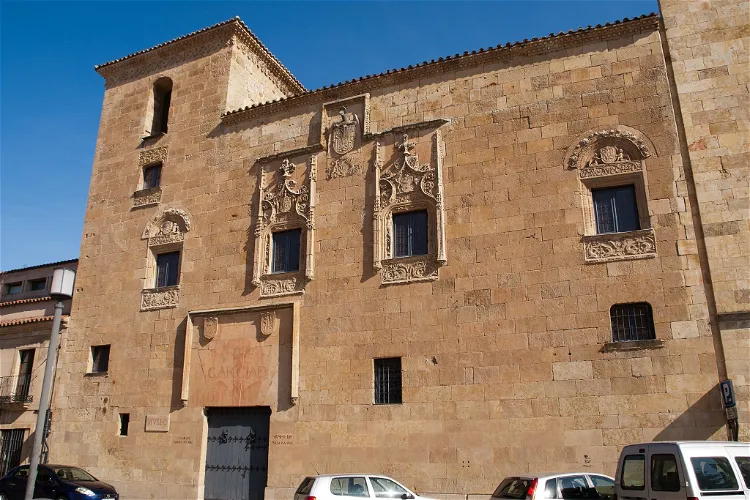
Museo de Salamanca (Casa de los Doctores de la Reina)
SalamancaThe Salamanca Museum, previously known as the Provincial Museum, has a rich history dating back to its establishment in 1835. Since 1947, it has been housed in the Casa de los Abarca, a former palace built in the late 15th century. This location adds to the museum's charm and historical significance.
Diocesan Museum
PalenciaThe Diocesan Museum of Palencia, inaugurated in 1973, is a museum dedicated to the custody and study of the sacred art of the diocese. It is located in the Episcopal Palace of the capital of Palencia, a significant historical site in itself.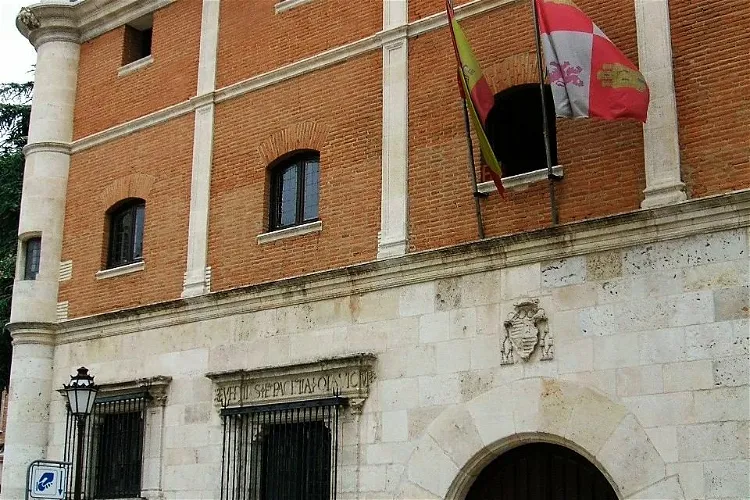
Burgos Museum
BurgosThe Museo de Burgos, previously known as the Museo Arqueológico Provincial, is situated in two neighboring 16th-century palaces, the Casa de Miranda and the Casa de Íñigo Angulo. These palaces form a block between Calle Calera and Calle Miranda in the Spanish city of Burgos. The museum's collections, which exclusively originate from the province of Burgos, showcase the historical and cultural evolution of the province.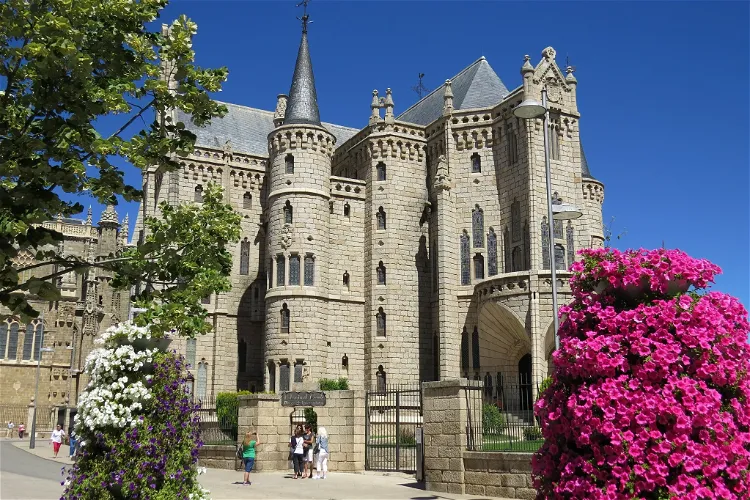
Museo de los Caminos
AstorgaThe Museo de los Caminos, located in the Episcopal Palace of Astorga in the province of León, Spain, is dedicated to the Camino de Santiago. This museum offers a deep dive into the history and significance of this famous pilgrimage route.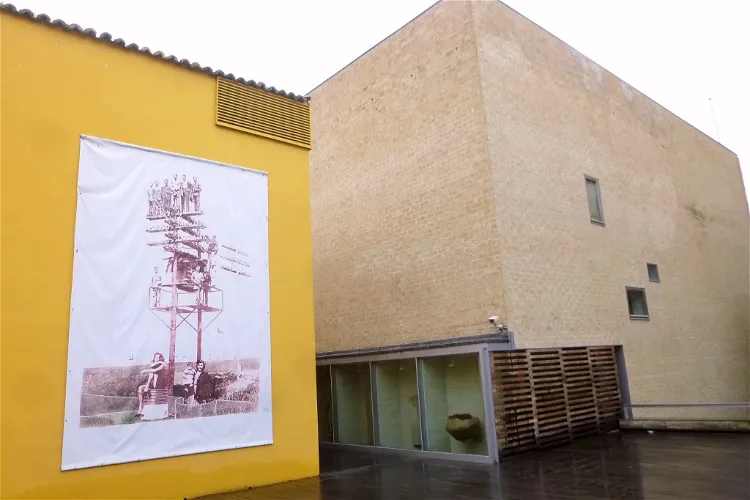
Zamora Museum
ZamoraThe Zamora Museum, a provincial museum, is situated in the Santa Lucía square in Zamora, Spain. This location is in a neighborhood known as Puebla del Valle during medieval times. The museum is a significant cultural institution in the region, offering a glimpse into the area's rich history and heritage.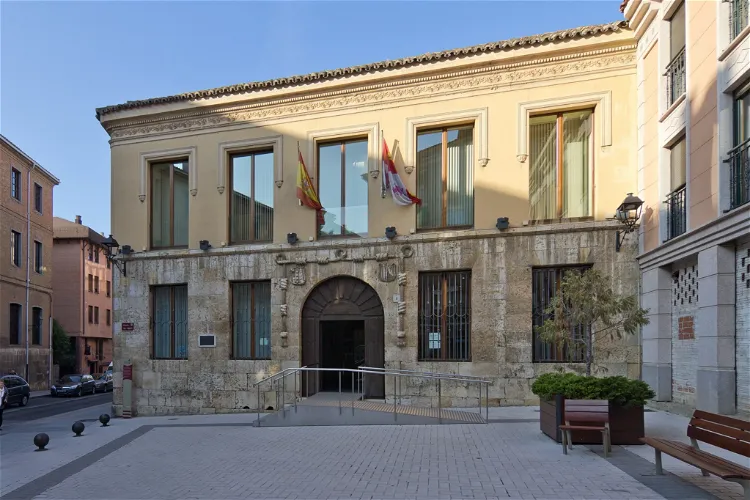
Archaeological Museum of Palencia
PalenciaThe Archaeological Museum of Palencia, situated in the Casa del Cordón, is a significant cultural institution in the city of Palencia, Spain. It boasts a diverse collection of artifacts from prehistoric, Roman, and medieval periods, all originating from the province of Palencia. The museum provides a unique opportunity to delve into the rich history and heritage of the region.
Zamora Cathedral Museum
ZamoraThe Zamora Cathedral Museum, the main museum of the Zamora diocese, was inaugurated in 1926. Its primary purpose is to house and display works from the Cathedral and other parishes of the diocese to the public. This museum is a significant part of the cultural and historical heritage of the region, offering visitors a chance to explore and appreciate the rich artistic legacy of the diocese.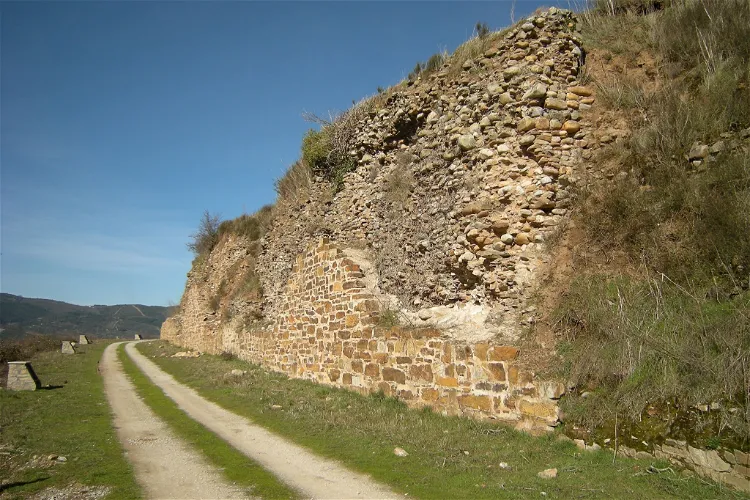
Museo Arqueológico de Cacabelos
CacabelosThe Museo Arqueológico de Cacabelos is conveniently located in the center of Cacabelos, aligning with the famous Camino de Santiago. The museum is situated on a street that is characterized by its Jacobean style, adding to the historical charm of the area. This location makes it an accessible and interesting stop for those walking the Camino de Santiago.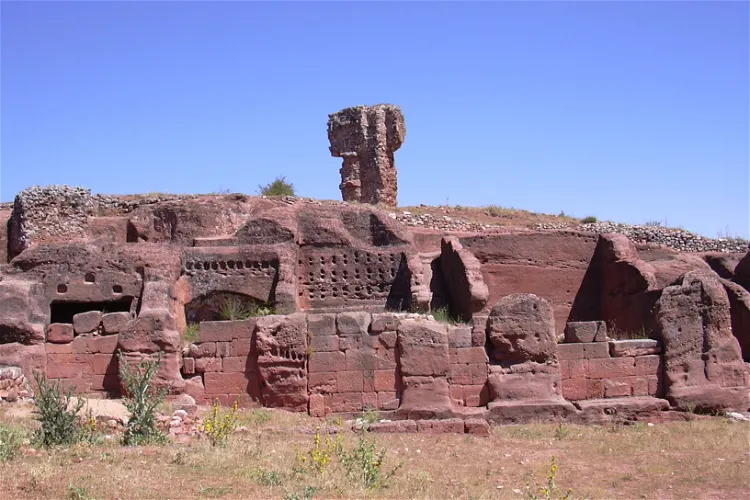
Museo Monográfico de Tiermes
Montejo de TiermesThe Museo Monográfico de Tiermes is a museum situated in Montejo de Tiermes, Soria, Spain. It forms part of the Yacimiento-Museo de Tiermes, a significant archaeological site. The museum is dedicated to collecting and displaying archaeological materials from the excavations of the Celtiberian, Roman, and medieval city ruins of Tiermes.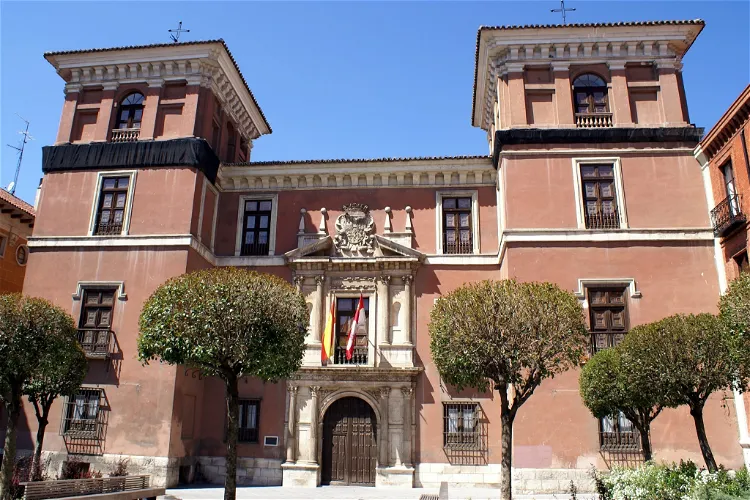
Fabio Nelli Palace
ValladolidThe Palacio de Fabio Nelli, located in Valladolid, Spain, is a significant Renaissance building. Historians and critics regard it as a prime example of the city's classical civil architecture. The palace's construction, which lasted for about twenty years, was influenced by the good relations between the sponsor, banker Fabio Nelli, and the architect Pedro of Mazuecos El Mozo. The palace's facade, playground, and stairs epitomize this type of architecture in Valladolid.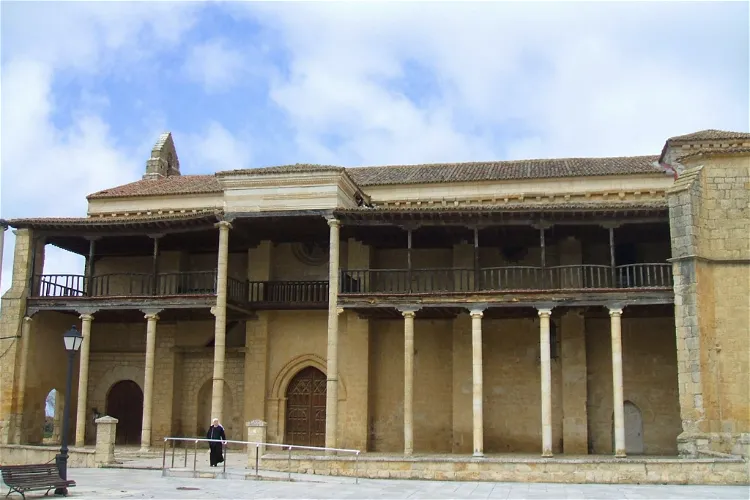
Church of Santa María
Becerril de CamposSince 1971, the Church of Santa María la Antigua has been deconsecrated and serves as one of the locations for the Territorial Museum Campos del Renacimiento. The museum, which was inaugurated on July 10, 1996, offers visitors a chance to explore a wide range of historical and cultural artifacts.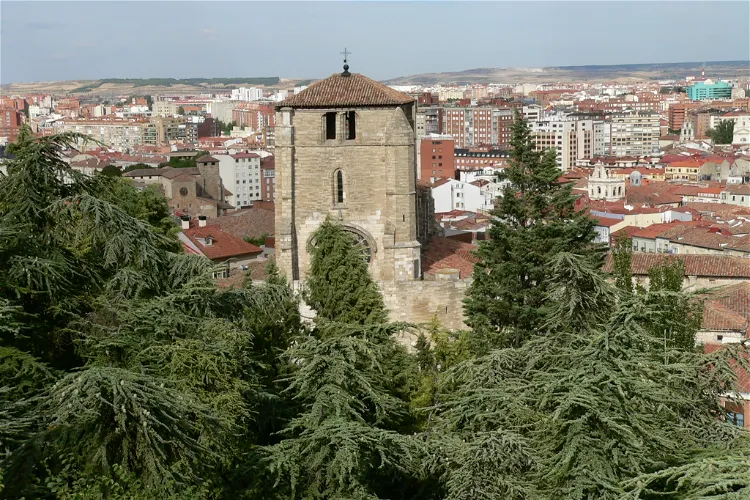
Iglesia de San Esteban
BurgosThe Retablo Museum boasts a collection of altarpieces dating from the 15th to the 18th century, sourced from various locations within the province of Burgos. Additionally, the museum displays a selection of religious goldsmithing. This provides a rich insight into the religious art and craftsmanship of the period.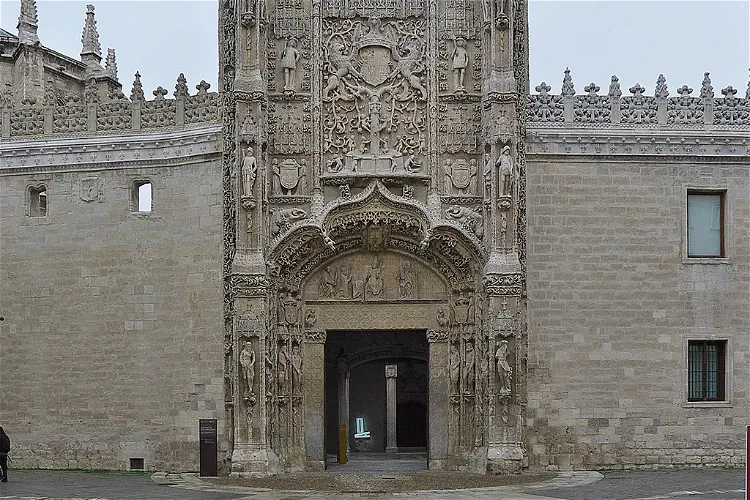
National Museum of Sculpture
ValladolidThe Museo Nacional Colegio de San Gregorio, located in Valladolid, Spain, is a museum dedicated to religious sculptures and portraits. It offers a unique opportunity to explore the rich history and culture of Spain through its religious art.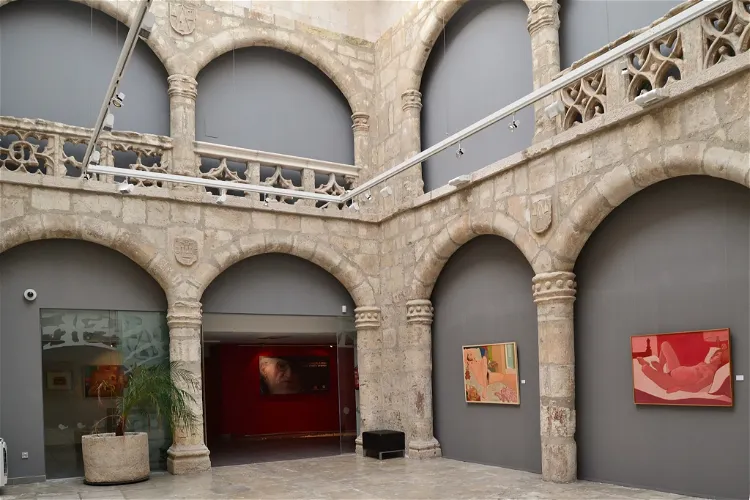
Museo Anatómico
ValladolidThe Museo de la Universidad de Valladolid (MUVa) is a museum located in Valladolid, in the autonomous community of Castilla y León, Spain. It is managed by the University of Valladolid and houses various collections of historical, artistic, and scientific value. The museum's official address is in the Palacio de Santa Cruz, the first Renaissance building constructed in Spain.
Museum of San Antolin
TordesillasThe Museum of San Antolin is situated in the ancient San Antolin church and parish in the town of Tordesillas, within the province of Valladolid, in the autonomous community of Castile and Leon, Spain. This location offers a unique blend of historical and cultural significance, making it an interesting destination for tourists.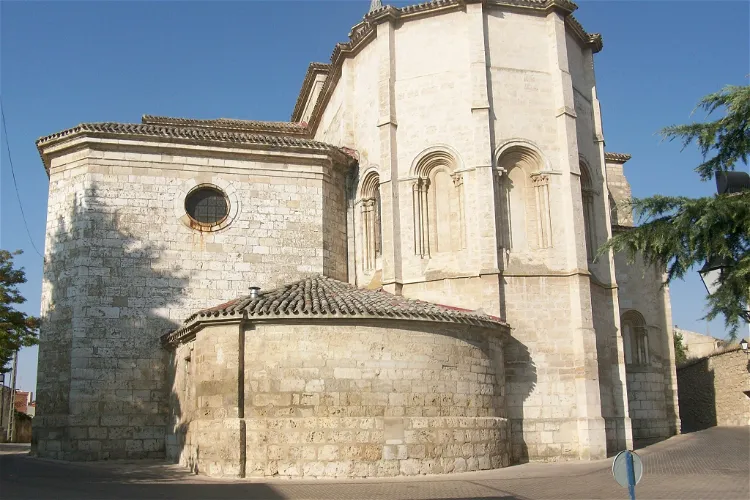
Church of Santa María de la Asunción
DueñasThe Church of Santa María de la Asunción is a significant Catholic place of worship located in the Plaza de la Paz in Dueñas, Spain. This church is part of the historic and artistic ensemble that makes up the historic center of Dueñas. It is a place of great historical and architectural interest, making it a worthwhile stop for tourists visiting the area.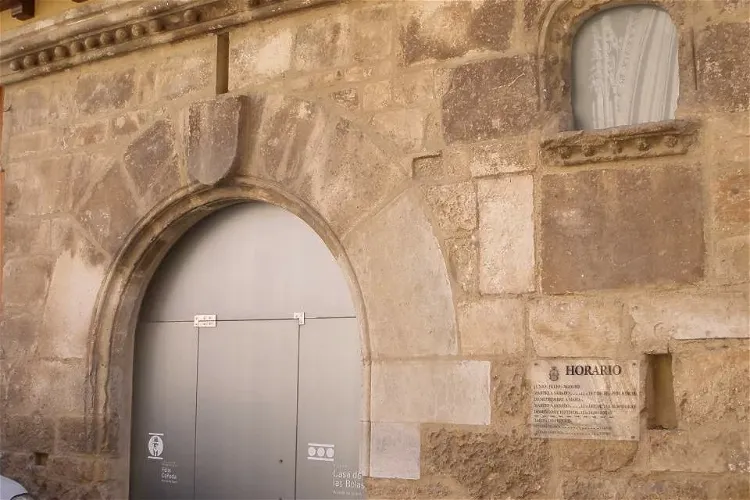
Casa de las Bolas Museum
Aranda de DueroThe Casa de las Bolas Museum in Aranda de Duero, Burgos, is home to a collection of European paintings spanning from the 17th to the 20th century. These works were generously donated to the City Council by mining engineer Félix Cañada Guerrero, who spent his childhood in the city. This collection provides a unique insight into the evolution of European art over several centuries.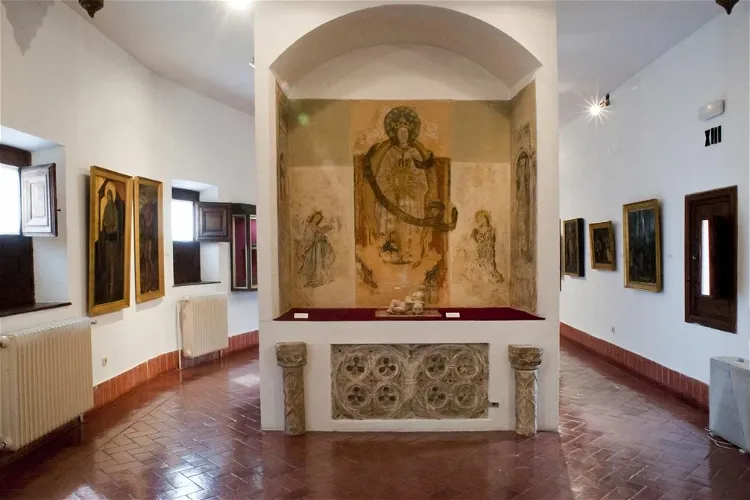
Museo Arqueológico de Valladolid
ValladolidThe Valladolid Museum, established in 1879, is housed in the Fabio Nelli Palace in Valladolid. This historic location has been the museum's home since the 1960s, providing a unique setting for the museum's extensive collections.